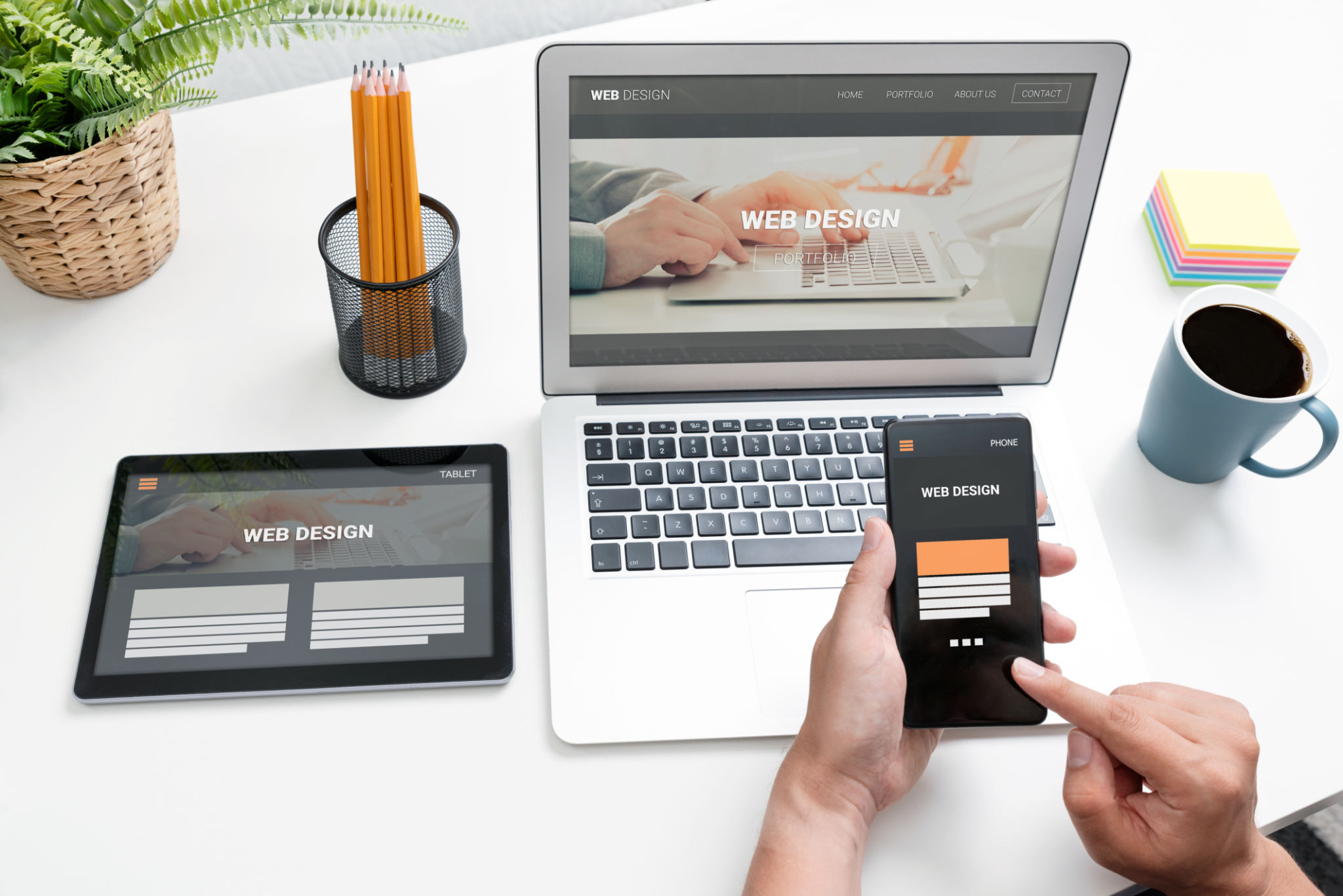Modern Web Design Trends: Enhancing Functionality and Aesthetics
The Evolution of Web Design
In recent years, web design has undergone significant transformations. The focus has shifted from just creating visually appealing sites to ensuring that they are equally functional and user-friendly. Modern web design trends emphasize a seamless integration of aesthetics and functionality to enhance the user experience.
Designers are now prioritizing mobile responsiveness, ensuring that websites look and function well on any device. This trend is crucial as more users access the internet via smartphones and tablets. Additionally, accessibility has become a key focus, with designers striving to make websites usable for individuals with disabilities.

Minimalism: Less is More
Minimalism continues to be a popular trend in web design. By reducing clutter and focusing on essential elements, designers can create websites that are easy to navigate and quicker to load. The minimalist approach often employs simple color schemes, ample white space, and clear typography.
This trend not only enhances aesthetic appeal but also improves functionality. Users can find what they need without being overwhelmed by excessive information or graphics. As a result, minimalistic designs often lead to higher user satisfaction and engagement.
Interactive Elements and Micro-Interactions
Adding interactive elements to a website can significantly enhance the user experience. Micro-interactions, such as hover effects, scrolling animations, and button animations, provide feedback to users and make navigation more intuitive. These small details can make a big difference in how users perceive a website's usability.

Interactive elements also encourage users to engage more with the content. For instance, interactive infographics or quizzes can make information more engaging and memorable. As web technologies advance, we can expect to see more creative uses of interactivity in web design.
Use of Bold Typography
Typography plays a crucial role in modern web design. Bold and distinctive fonts are being used to grab attention and convey messages effectively. Designers are experimenting with size, color, and style to create a strong visual hierarchy on web pages.
By using large headings and contrasting text styles, designers can guide users' eyes to important sections of the content. This trend not only enhances readability but also adds an element of sophistication to the overall design.

The Rise of Dark Mode
Dark mode has become increasingly popular in web design due to its aesthetic appeal and practical benefits. It reduces eye strain, conserves battery life on OLED screens, and provides a sleek, modern look. Many websites now offer users the option to switch between light and dark modes based on their preferences.
This trend reflects an understanding of user needs and preferences, allowing for a more personalized browsing experience. As more users become accustomed to dark mode on their devices, its adoption in web design is likely to continue growing.
Conclusion: A Balanced Approach
The key to successful modern web design lies in striking a balance between aesthetics and functionality. By embracing these trends, designers can create websites that not only look great but also deliver an exceptional user experience. As technology evolves, staying updated with these trends is essential for businesses looking to maintain a competitive edge in the digital landscape.
